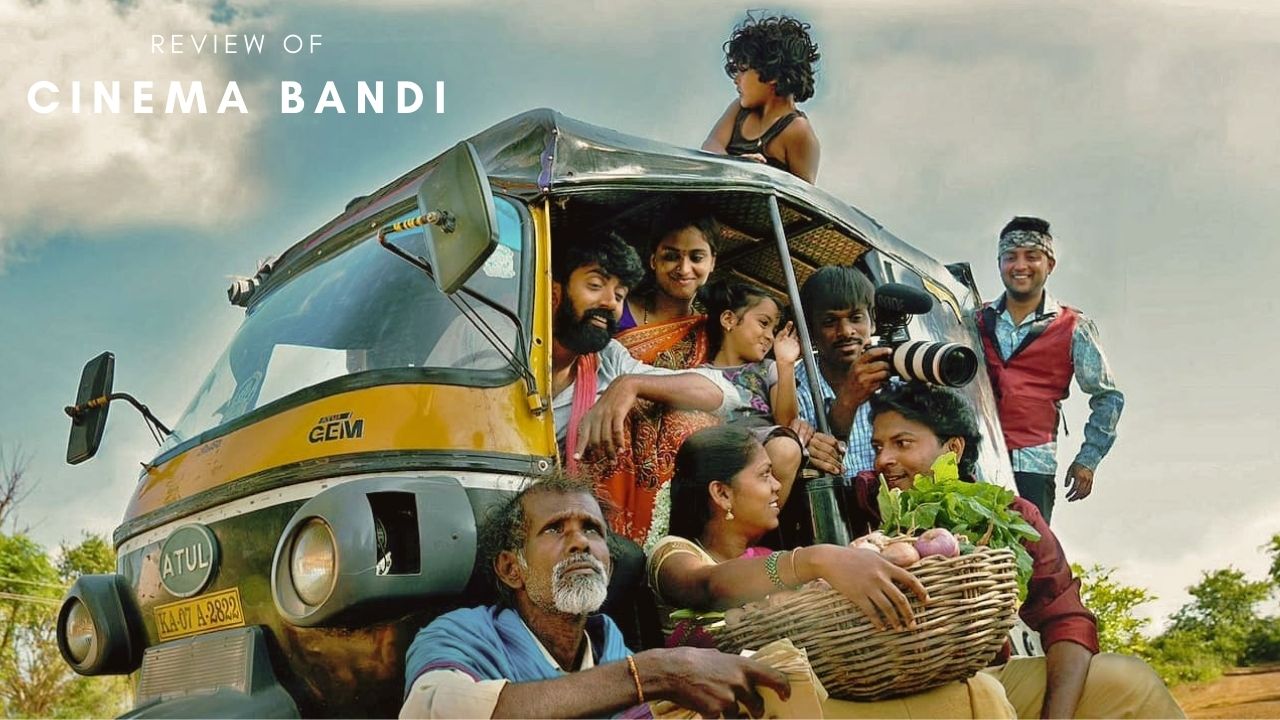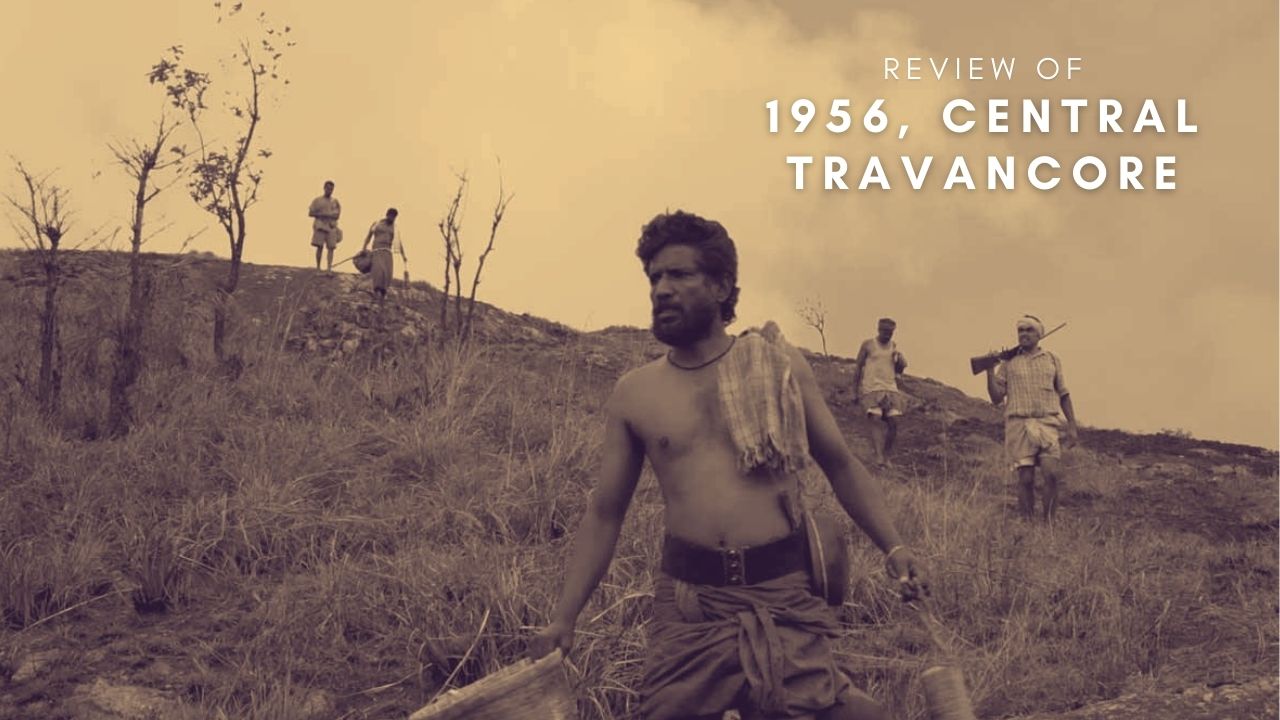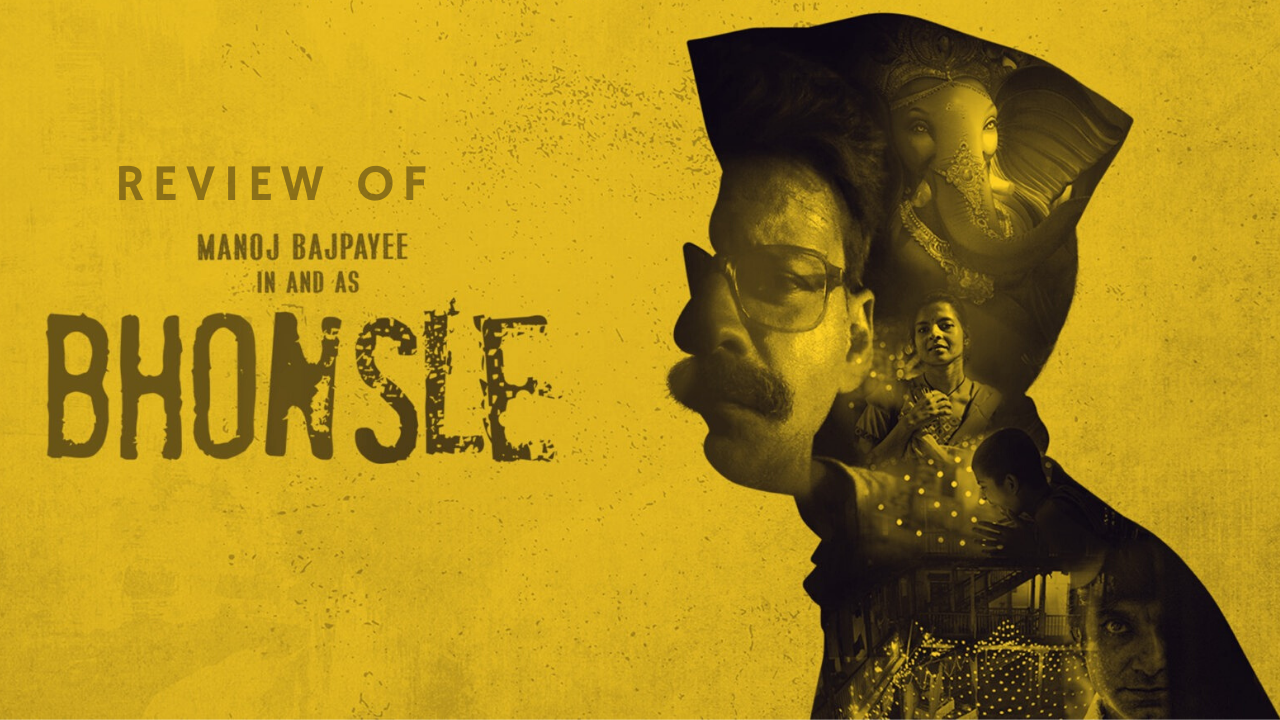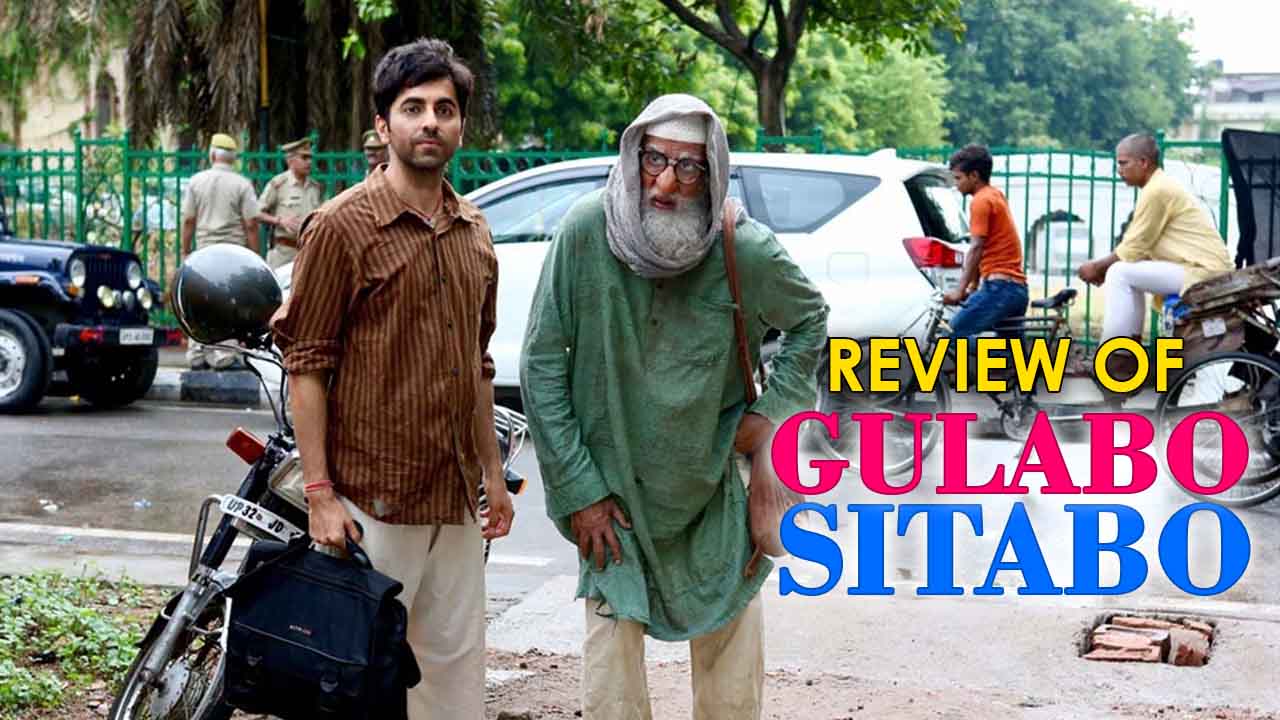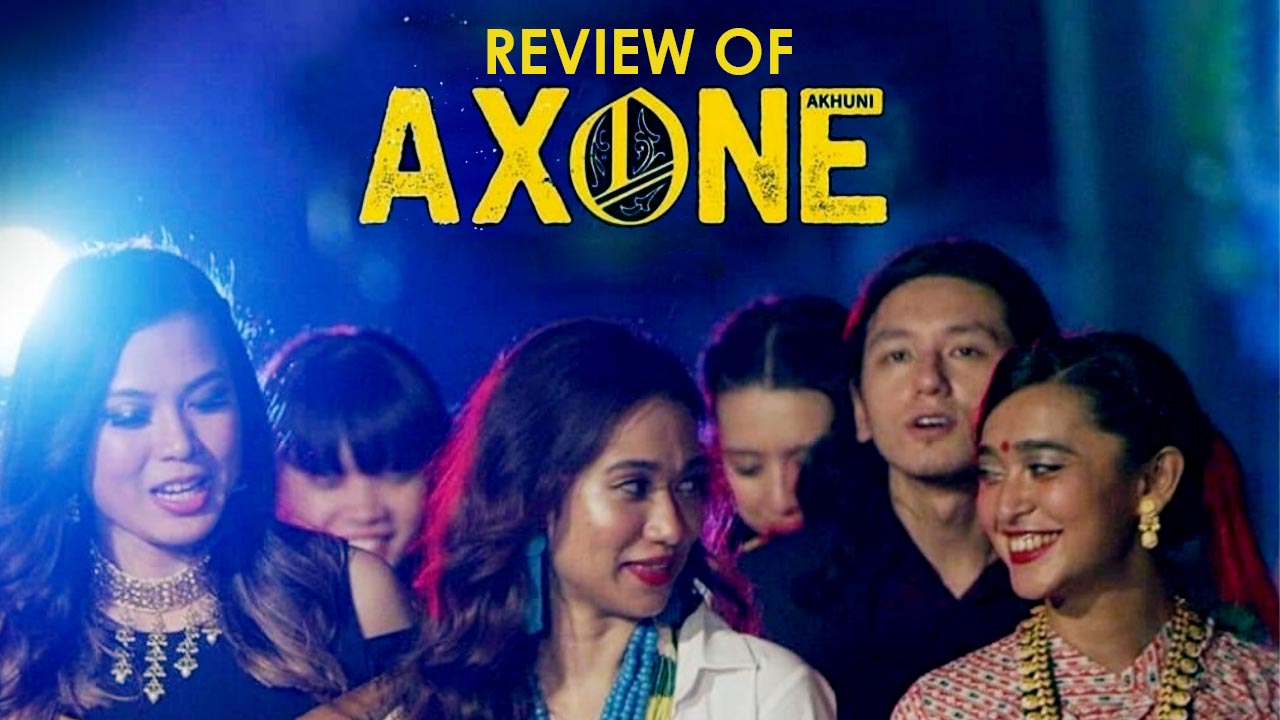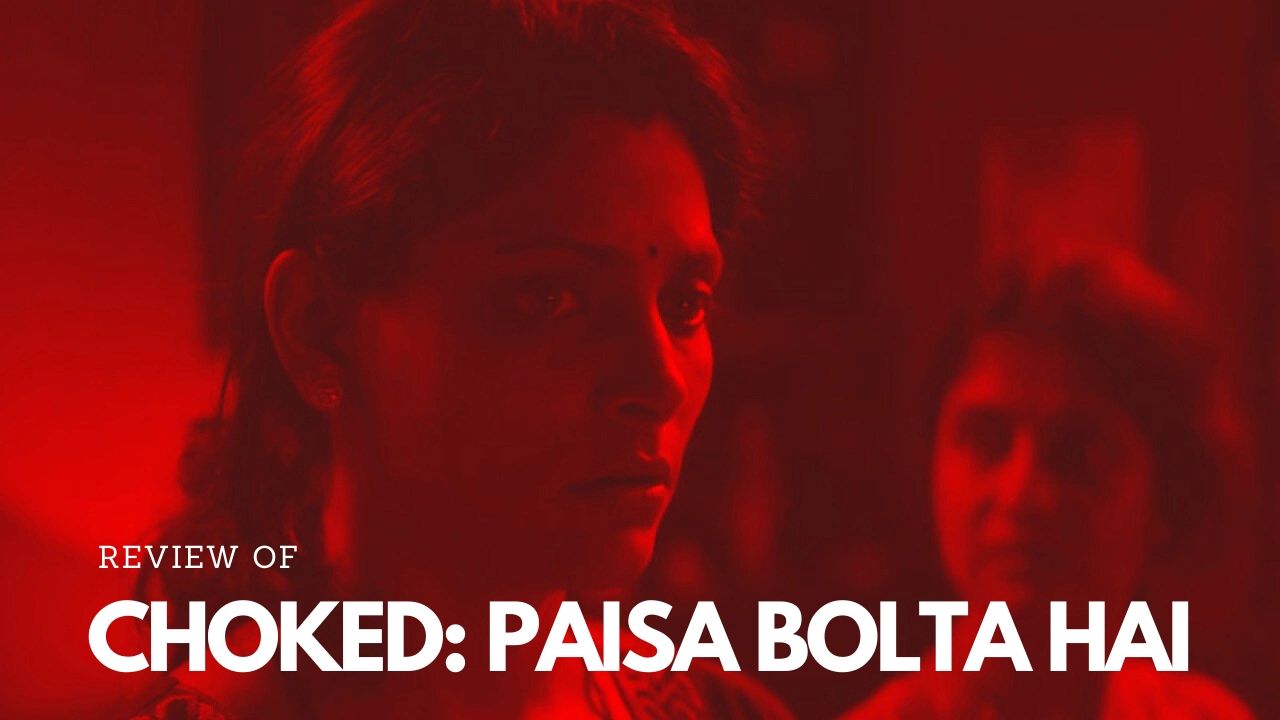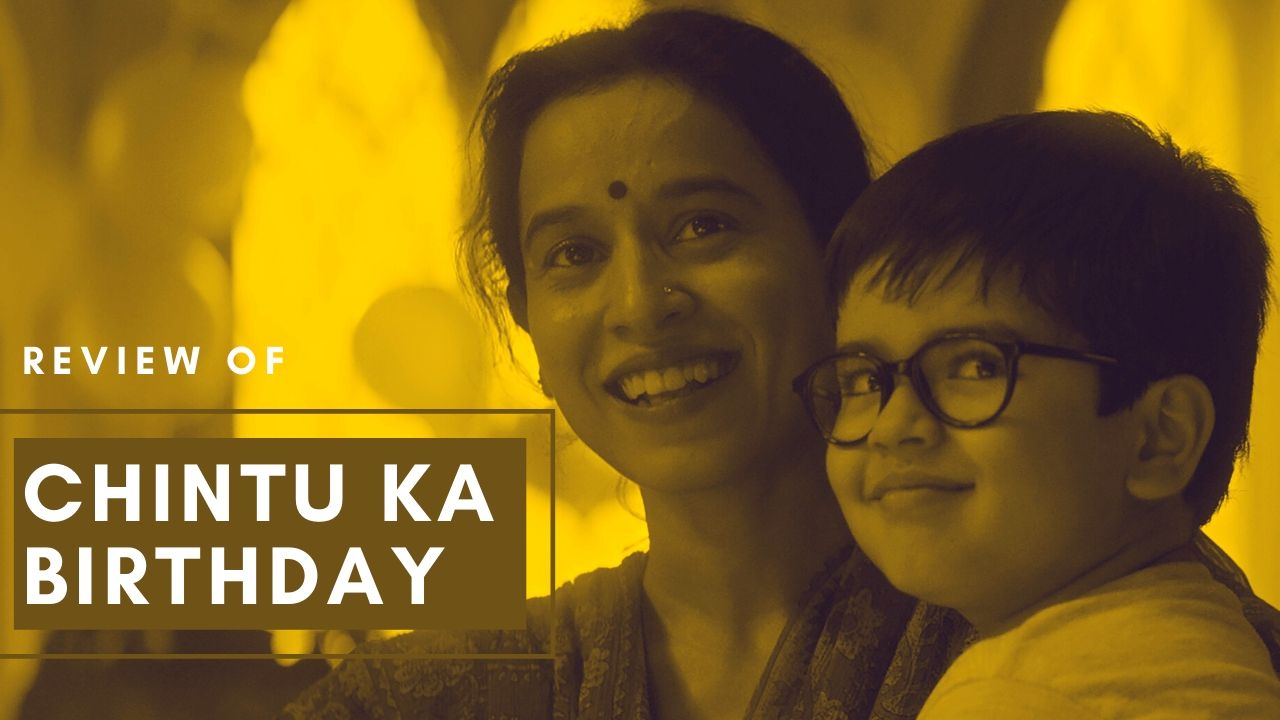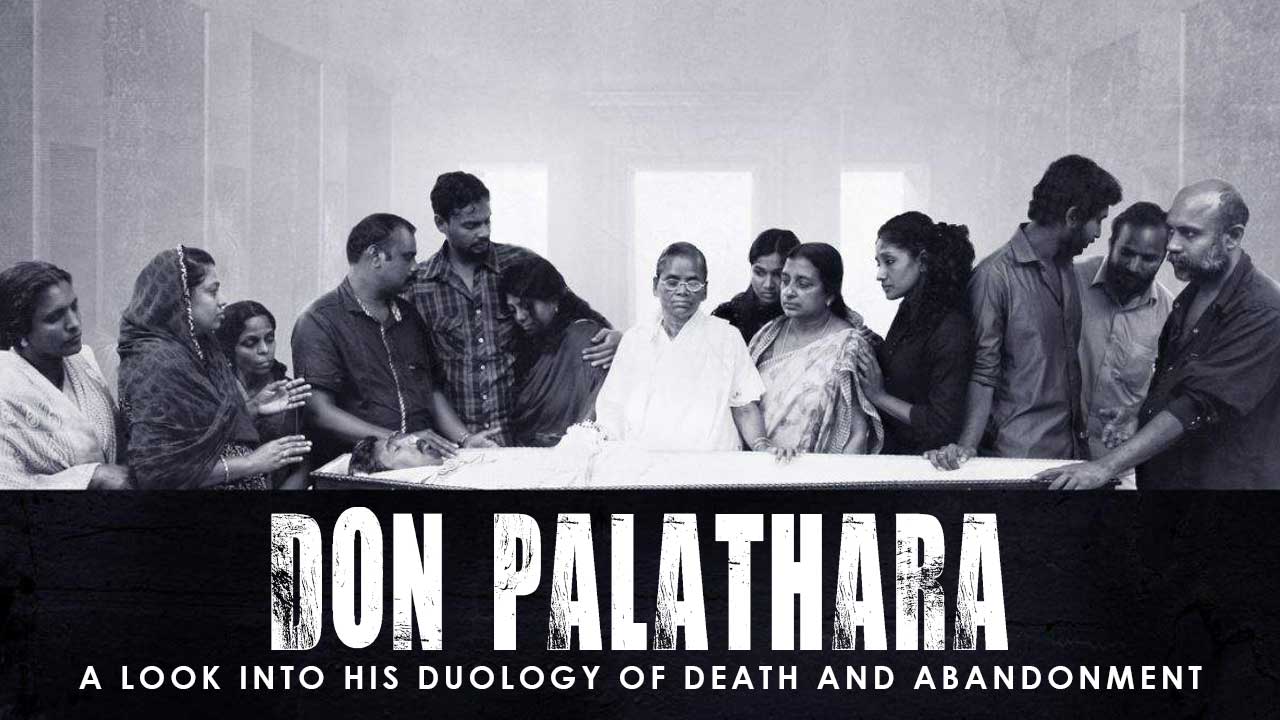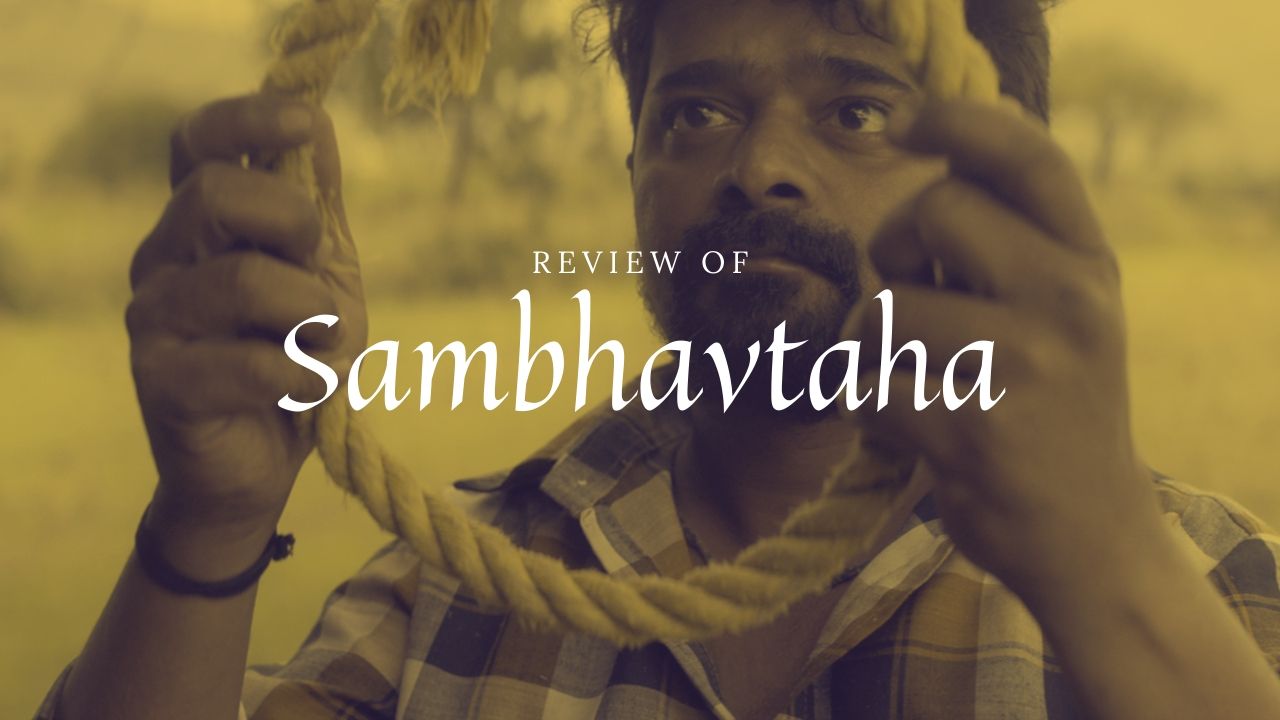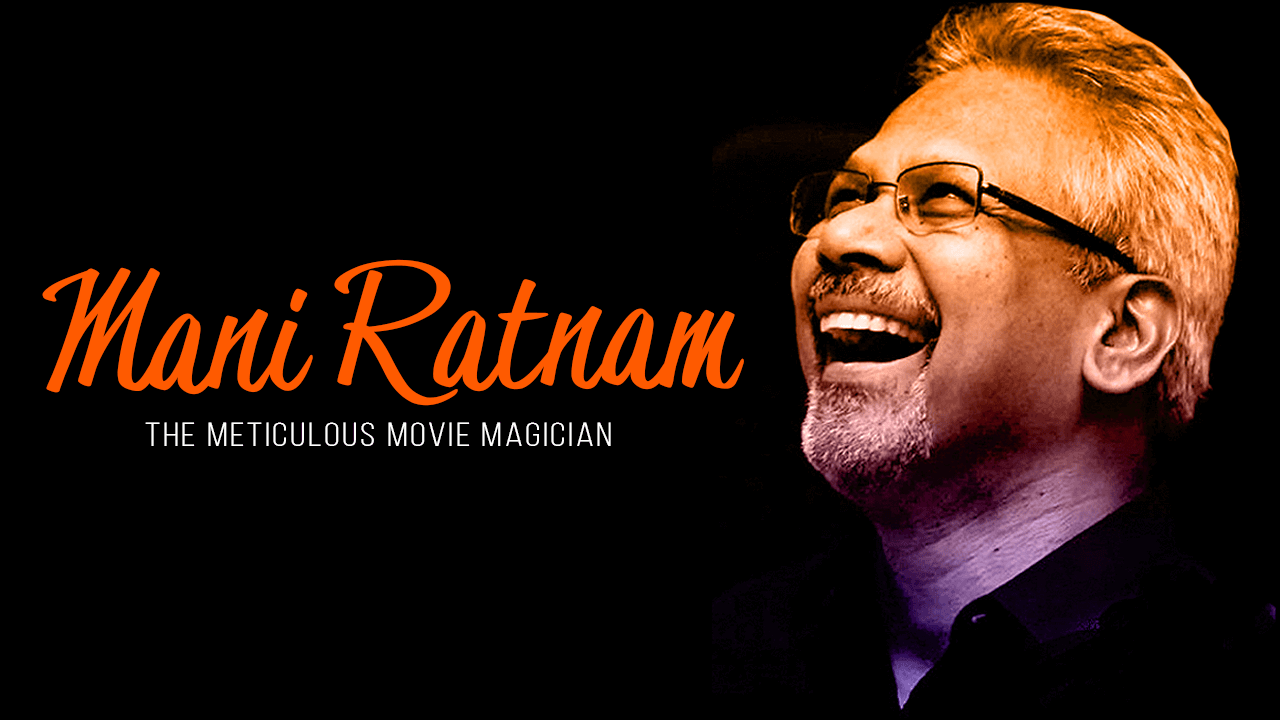
Filmmaking, like any other art, is a very profound means of human communication; beyond the professional pleasure of succeeding or the pain of failing, you do want your film to be seen, to communicate itself to other people.
– Kenneth Lonergan (American film director, playwright, and screenwriter)
Writing this piece about Mani Ratnam has been challenging for me as it is about a man who has remained at the top of his game for over three decades by weaving emotions on the celluloid. I believe his audience falls into two plain categories “the ones who like his films” and “the ones who don’t “. As a director, screenwriter and a producer, he rose to the status of an influencing personality, with many watershed moments in the history of Indian Cinema.
The on-screen romance and music composed in his films for sure impacted the love lives of many. The spirit of normal people and their lives gave the texture of realism to its viewers and allowed each one to relate the characters to their own lives. Movies like Geetanjali, Bombay, Roja, Sakhi have illustrated emotions like never before. He exquisitely presented few multi-starrers, where prominent stars shared the screen irrespective of the screen time they were offered. Roping in star performers, which enhanced their counterparts’ performance, could be noticed in films like Iruvar, Yuva, and Raavan. This, for the most part, comes across as another factor of his visual brilliance. For him, the actual realization about a mind working behind a film was through the cinema of K. Balachander, who remains one of his first influencers.
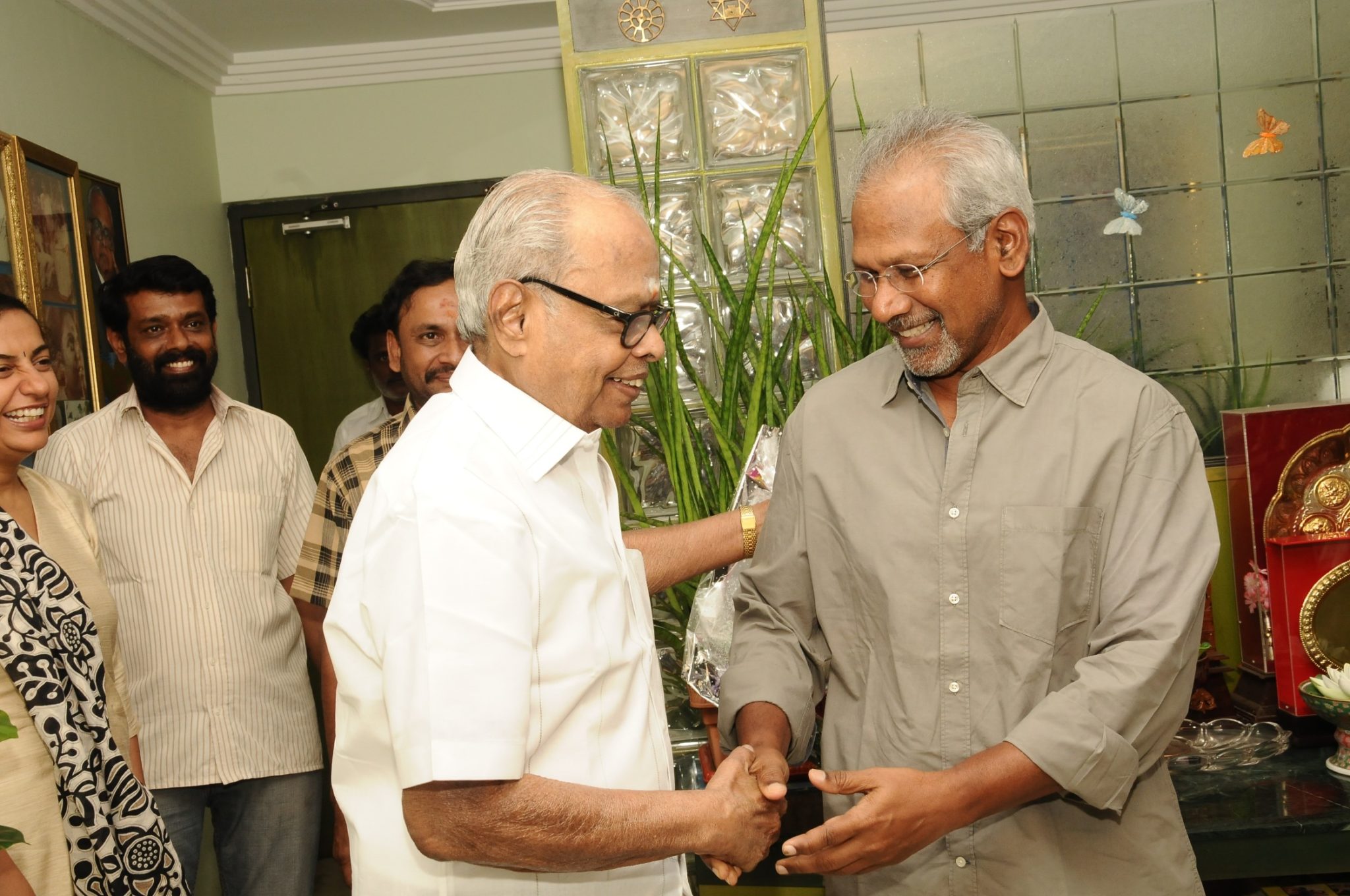
“Filmmaking brings its own organic way of doing things, changes, it develops a character of its own.”
– Mani Ratnam
Interesting Choice Of References To Illustrate Current Scenarios: Storylines
Reference is defined as “The use of a source of information to ascertain something”, the beauty of Mani Ratnam’s movies has been his ability to make this thin line of reference vanish. Speaking of Roja, which is said to be the story of Savitri and Satyavan, this literally does not remind you of being drawn out of an ancient epic but brings in the current situation its audience can relate to. Dhalapathi with its eminent star cast was based on the relationship between Karna and Durdhoyana from Mahabaratha. Raavan another multilingual movie represented the characters of Ram, Sita, and Ravaan. Stories like these were placed subtly in the modern setting and left us with a minimal clue about their references. Speaking the language of the audience is what Mani Ratnam always referred to, that probably speaks about relating to characters on the screen and understanding their story, as it unfolds. Iruvar (Iddaru in Telugu) was based on a true story in the political framework of his native state. Bombay and Dil Se rekindled magic between a pool of starts that have already been in his films. All his stories resonated with the times, they were made at times his films were progressive to digest for a set of the audience.
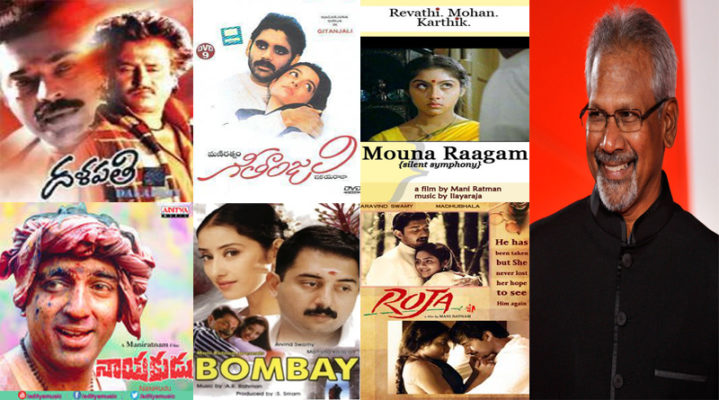
The Grandeur Of Indian Atmosphere And The Use Of Natural Elements
India geographically has a distributed terrain ranging from lush greenery to barren deserts, the beauty of places within India has always been captured in his films in a manner that added volume to every scene pictured with nature in the backdrop. But strangely enough, out of 20+ films that Mani Ratnam has directed only two movies Kannathil Muthamittal and Guru were shot in foreign locations as the story called for it, one of the most recent releases from Madras Talkies – Kaatru Veliyidai (Cheliyaa in Telugu) is also said to have some scenes shot in, Serbia.
Do you remember the melancholy song from Sakhi (Kalaayi poyenu- Telugu)? through this song, we see how the weather(storm) was used as an element to enhance the sorrow and pain in the melody. One of the most important elements in creating a great visual for a film is the use of light, and I cannot hold myself from mentioning the way he plays with light and colours and picturesque locations in his films, artistically used in various musical sequences.
Music
It is interesting to note that Mani Ratnam has always considered music as an important element in his films. To this day the music from his films remains young. He looped in only the best of musicians for this job – Illayaraja, the Music Maestro and A.R Rahman the Mozart of Madras, both of international repute. They have such pristine rendering to have been a part of Mani Ratnam’s successful journey. Evidently, this is one of the factors delineating success to his films. As artists, Mani Ratnam and his music directors have always complemented each other, just as actors who understand the sensibility and the need of the director in constructing a scene together, so his music directors take the ownership of fabricating background scores or songs and detail it as needed for him. It had been mentioned by Rahman that each project is treated separately but with the same spirit and passion to bring something new or unheard, to its audience. This is where I think they go hand in hand and experiment to make it a different experience for the audience as well.
Women Portrayed In A Progressive Light
An interesting take away from films like Anjali, Geetanjali, Amrutha, Sakhi, Iruvar is that they displayed affection and were in support of daughters. This has a value in propagating the sentiment for a girl child, in a county like India. As films can create an influence on different strata of the society. Writing female characters that have an opinion, speak their mind boldly and share their feelings on screen without a veil. The characters are given a clear voice, which has been a consistent underlying facet. Evident from films like Mouna Ragam, Nayakan (Kamal Hassan’s daughter’s role), Geetanjali, Ok Bangaram, Anjali, Amrutha, Cheliya (katri valyuar), all stood for what they believed in and made sure they were being heard. These artists redefined femininity and beauty in a way never seen before, the softness in their looks did not hold back the intensity of their strong characters in the films, both sides of these women were balanced and portrayed on the screen. Through these progressive roles, he liberates their soul on the screen, unlike most commercial films female leads lack that kind of prominence.
His Popularity Redefined By Making Bilingual Films
“Bilingual films have inherent practical and economic problems of setting and ambience” – Mani Ratnam
One of the most competitive industries in India is the Film industry, marked more or less by regions, south India itself has about four major industries. In this challenging set up Mani Ratnam has been successful at the box office with films either dubbed or remade into other languages and did fairly well at the box office. He has been one of the strongest contenders in this space, as out of his 25 films just a few of them are not multilingual.
The League Of Mani Ratnam’s Protagonist
A place for everyone and everyone in their place (based on the management principle of A place for everything and everything in its place). Each character is well woven into the fabric of his film. The characters independently create a niche for themselves. The observation done by the director on each of the actors help in detail with making an artist own his scenes and dialogue. As Mani Ratnam mentions, it is the ability of an actor and director to understand each other’s ask from a similar perspective. By allowing them to indulge and deliver in this process they create the magic and associate better as a team. The elegance and realistic performances by the lead cast portrayed in his films could seem challenging for the same actors to recreate in other films by another director. Hence, I guess for some of these actors, noticeable performances have remained to be seen in Mani Ratnam films.
“I think, it’s more of the media’s perception that I have moved away from my roots. I think my films are rooted. I never went away, so there’s no question of a comeback.” – Mani Ratnam
To this day the bulk of India’s acting talent want to associate with this thinker and creator, let’s hope at least a few of them get the opportunity. Wishing him more success at the box office in the upcoming movie – Nawab, a multi starrer and the 19th film produced by Madras Talkies.
To celluloid elegance, Art, and to Mani Ratnam!
